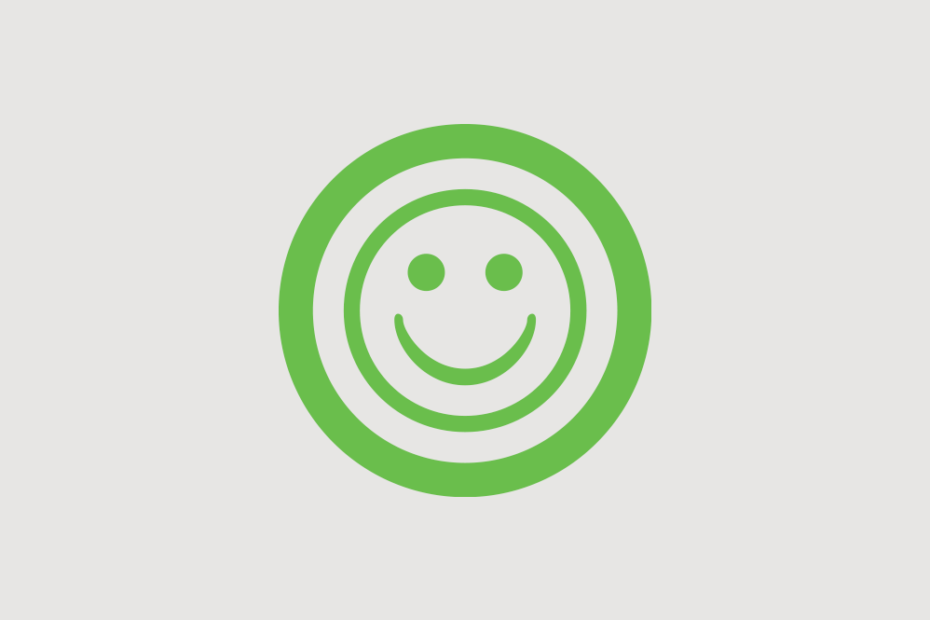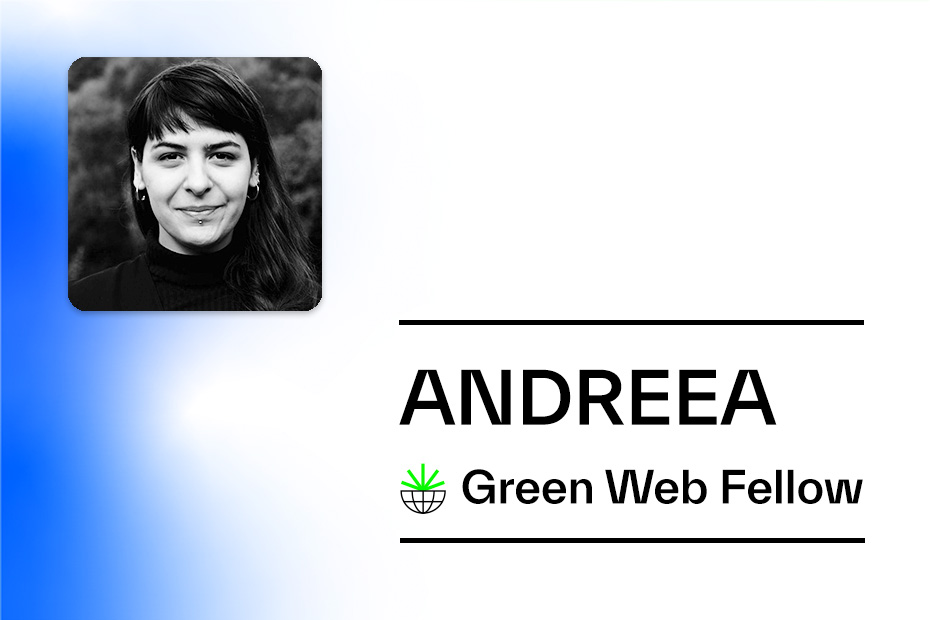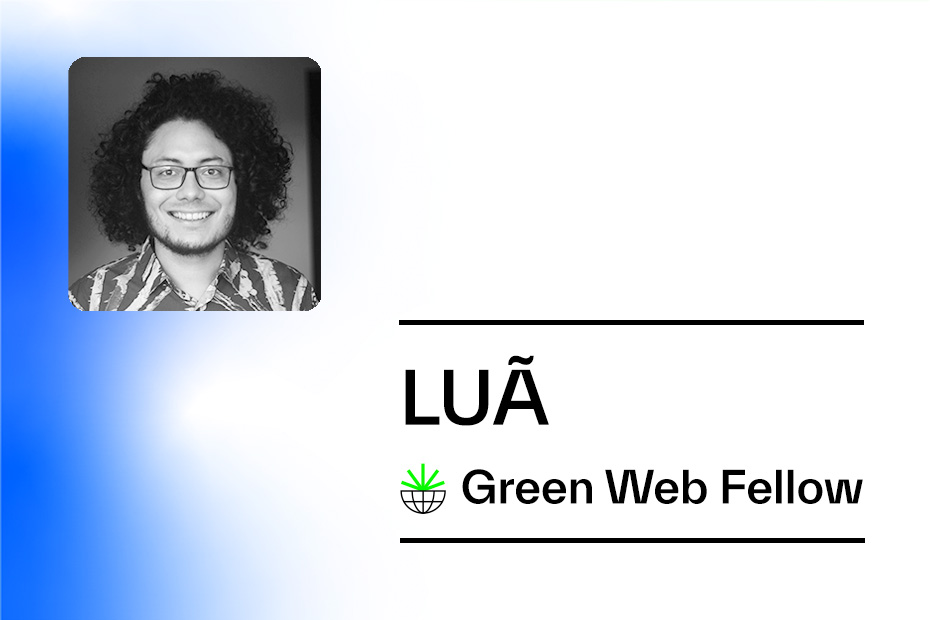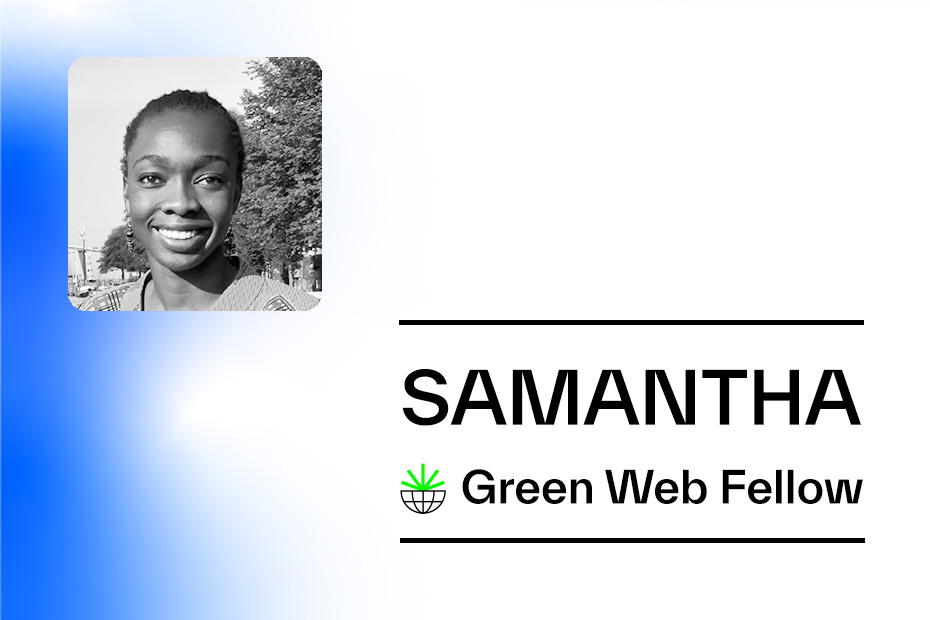As part of the our fellowship programme, we’ve been having an optional weekly ‘holding space’ session where we dial in from our respective parts of the world, and generally catch up, having an informal catch up chat.
We’ve already been sharing a increasingly large set of resources in an open, shared, Green Web Syllabus library on Zotero – you can see what we add there as we add it, and in some cases which parts catch our eye in the things we read too.
This week, we tried something new as, an alternative to our longer form fellowship blog posts – we all come from different backgrounds and a key idea is learning from each other.
So, the idea was that by briefly sharing what we’ve been reading ourselves, we’d have a fast way to see the directions we’ve been taking in our own research, and see where there was overlap or some complementary differences.
Our approach
Just after we started with our greetings and general inter-timezone salutations, we set aside 5 minutes to type into a shared document our responses to the following prompts:
- One link you read this week
- One thing you found interesting about it
- Where to look to learn more
We’re not all in the same timezone, and we used the excellent, ad-free Bigtimer.net, so we could all see how long we had in our own tab.
A little while after the session, one of us would tidy up the answers and post here. Here’s the results of our first try These “holding space” sessions are optional, so it would be rare for all of the fellows to be on a call at the same time – expect responses from a different set of fellows in future incarnations of this link round up.
And without further ado…
What we’ve been reading this week
Hannah
One link you read this week: https://www.muntaka.com/agbogbloshie-demolition/
One thing you found interesting about it:
One of the best pieces of journalism I have read in a long time about e-waste, climate justice and the impacts our broken systems have on the poorest and most marginalised in global society.
The Agbogbloshie e-waste site in Ghana was razed to the ground this summer. This article explores why, and the impacts on those that make their livelihoods there now it’s gone. I warn you, the injustice of it all is heartbreaking, but it’s important for us to build awareness of these broken systems.
Where to look to learn more: I’m not sure – start at https://www.muntaka.com/
Emilio
One link you read this week:
A Social Designer’s Field Guide to Power Literacy
One thing you found interesting about it: A colleague from the UNDP shared this field guide last week, which was developed by Maya Goodwill from TU Delft. It is focused on generating a common shared language in terms of addressing power and systemic oppression. I found it interesting because one of the most commonly shared sentiments among the fellows is the need to generate a shared language as we move along in our learning.
Where to look to learn more: You can see the fundraising campaign for the document on their website.
Melissa
One link you read this week:
First section of In-depth Q&A: What is ‘climate justice’? (2021, October 4). Carbon Brief. https://www.carbonbrief.org/in-depth-qa-what-is-climate-justice
One thing you found interesting about it: It provides a good summary of the history of climate justice and the different voices.
Where to look to learn more: Bruno, K., Karliner, J., & Brotsky, C. (1999). Greenhouse Gangsters vs. Climate Justice (p. 32). TRAC. http://www.corpwatch.org/sites/default/files/Greenhouse%20Gangsters.pdf
Chris
One link you read this week:
The software carbon intensity spec, from the newly formed Green Software Foundation.
One thing you found interesting about it
It’s particularly interesting because it’s an effort to define conventions for calculating the carbon footprint of software, and is intended to be something developers can use themselves to guide their own designs for greener software. It’s developed in the open by a large number of industry players (and us, obvs), and one thing that’s particularly interesting is that the process of working through various thorny issues is also in the open.
Where to look to learn more: Vist the Green software foundation website.
That’s it for this week!
This is a bit of an experiment – we’ll try running it a few more times as the year closes. As ever, if you’re interested in following along with the fellowship, and you can subscribe to our web feed with a feed reader, you can join our newsletter, or if you prefer, follow us on twitter at @greenwebfound.
Til next time!



